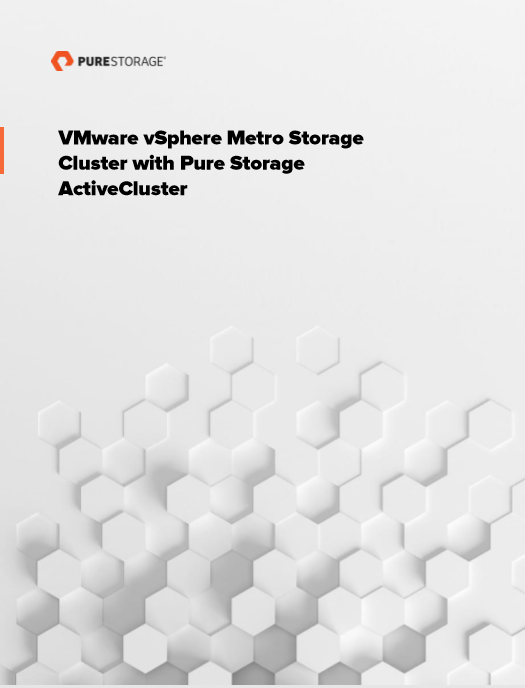Ok finally! I had this finished awhile ago, but I wrote it using our version 2.0 plugin–so I couldn’t post it until the plugin was certified by VMware. That plugin version is now certified and posted on the VMware Solution Exchange (see my post here).
Moving forward, we will likely be posting new workflows in various packages (working on an ActiveCluster one now), instead of including them directly in our plugin. This will make it easier to update them and add to them, without also having to generate an entire new plugin version.
So first, download and install the v2 FlashArray plugin for vRO and then install my workflow package for VVol on the VMware Solutions Exchange:
https://marketplace.vmware.com/vsx/solutions/flasharray-vvol-workflow-package-for-vro-1-0?ref=search
Continue reading “vRealize Orchestrator VVol Workflow Package”




